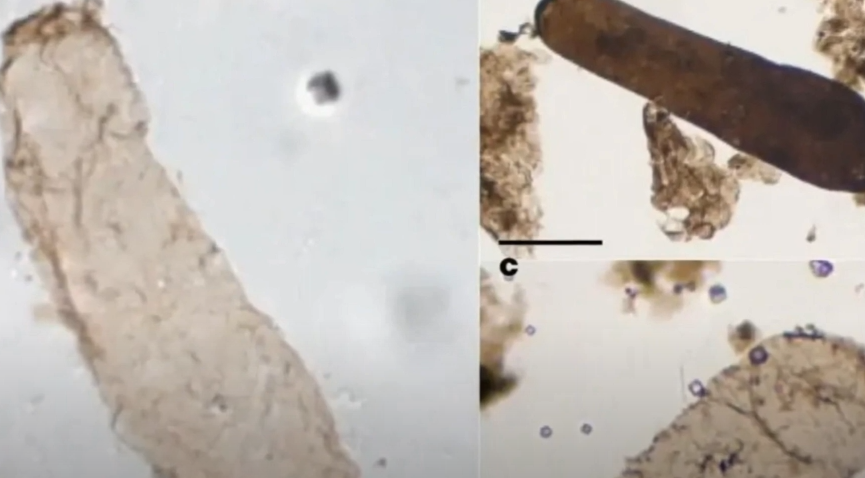Scientists Unveil Answer to 1.75-Billion-Year-Old Mystery of Life’s Genesis
In a groundbreaking discovery, scientists have unearthed microfossils in the deserts of northern Australia, shedding light on early signs of photosynthesis dating back 1.75 billion years.
The study, published in Nature, suggests that these microfossils belonged to cyanobacteria, organisms thought to have existed on Earth for as long as 3.5 billion years. This finding extends the fossil record by a staggering 1.2 billion years, offering a fresh perspective on the evolution of life on our planet.
Cyanobacteria played a pivotal role in the Great Oxidation Event, a significant period in Earth’s history marked by a substantial increase in atmospheric oxygen levels.
The newly discovered microfossils contain thylakoids, structures within cells where photosynthesis occurs. This suggests that these ancient organisms may have contributed significantly to the rise of oxygen during the Great Oxidation Event.
Lead authors of the study highlight the significance of this discovery, stating that it allows the unequivocal identification of early oxygenic photosynthesizers and introduces a new redox proxy for investigating early Earth ecosystems. Examining the ultrastructure of fossil cells becomes instrumental in decoding their paleobiology and early evolution.
Collaborative Scientists Initiative

The fossils, found in the McDermott Formation in northern Australia, contain chlorophyll, a pigment essential for absorbing sunlight during photosynthesis. The presence of chlorophyll led researchers to conclude that these microorganisms engaged in photosynthesis, pushing back the timeline for the evolution of this vital process.
Scientists believe that this discovery may provide insights into the Great Oxidation Event, a critical period that paved the way for life as we know it.
While the exact cause of the surge in atmospheric oxygen around 2.4 billion years ago remains unclear, one theory suggests it correlates with the evolution of photosynthetic organisms. By dating fossilized cells close to this event, scientists aim to unravel the role of oxygen and the cells contributing to its creation in the origins of life on Earth.
As the scientific community anticipates more revelations, researchers plan to conduct extensive analyses of fossil cells worldwide.
Their goal is to determine how well these findings align with the proposed timeline and whether similar microfossils exist in other geological formations. This ongoing research promises to deepen our understanding of early Earth ecosystems and the emergence of complex life forms.


Comments are closed.